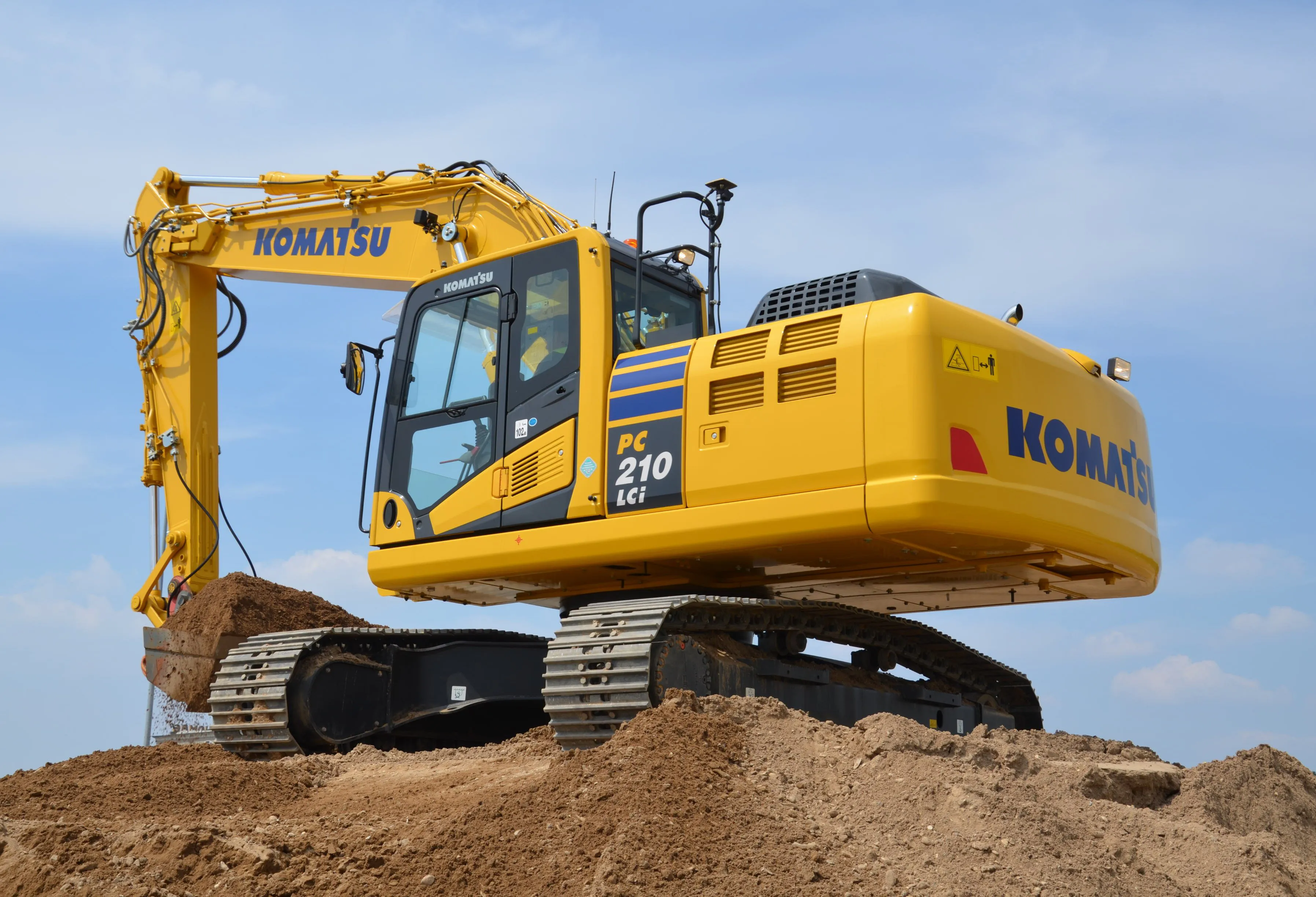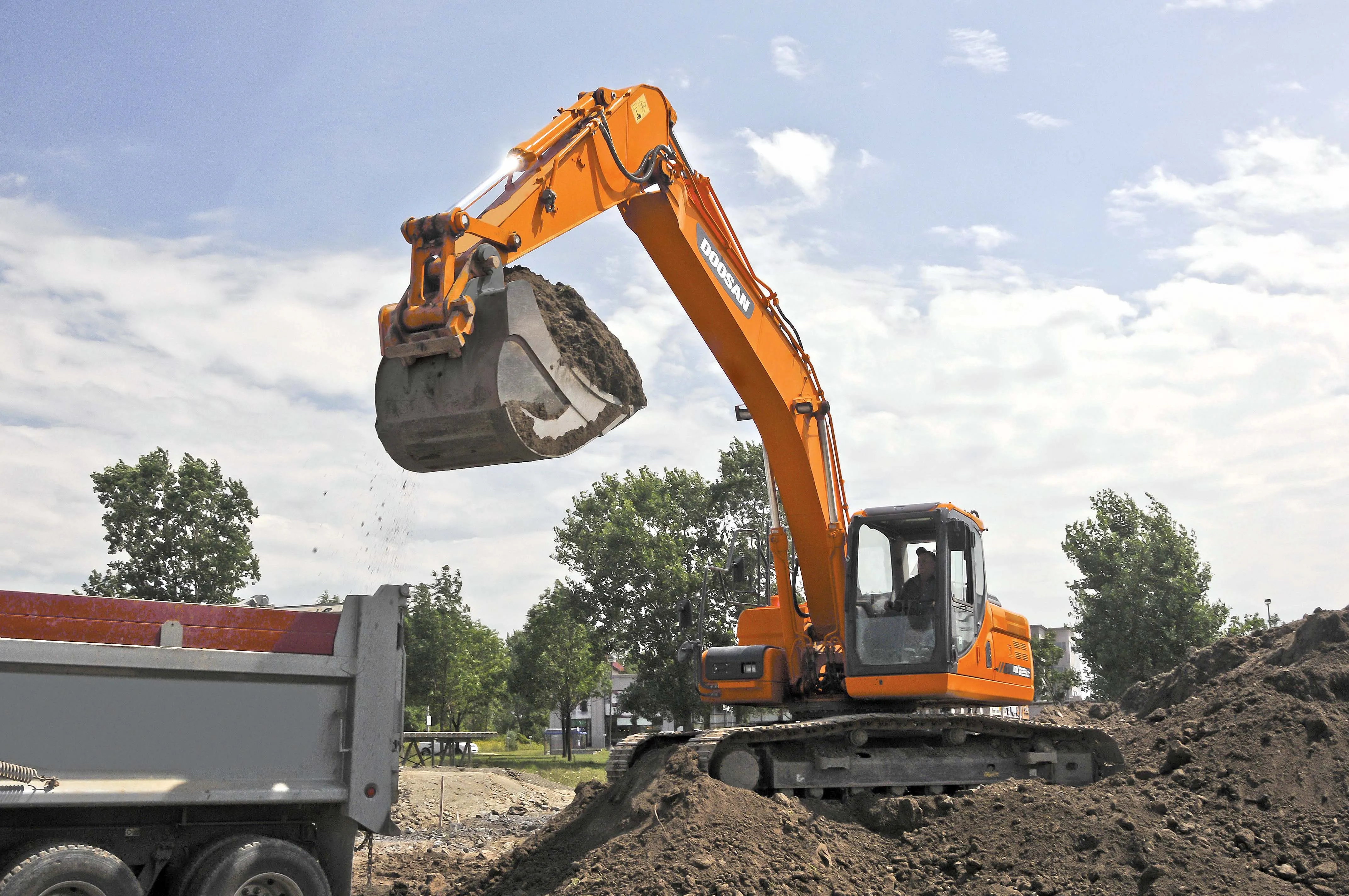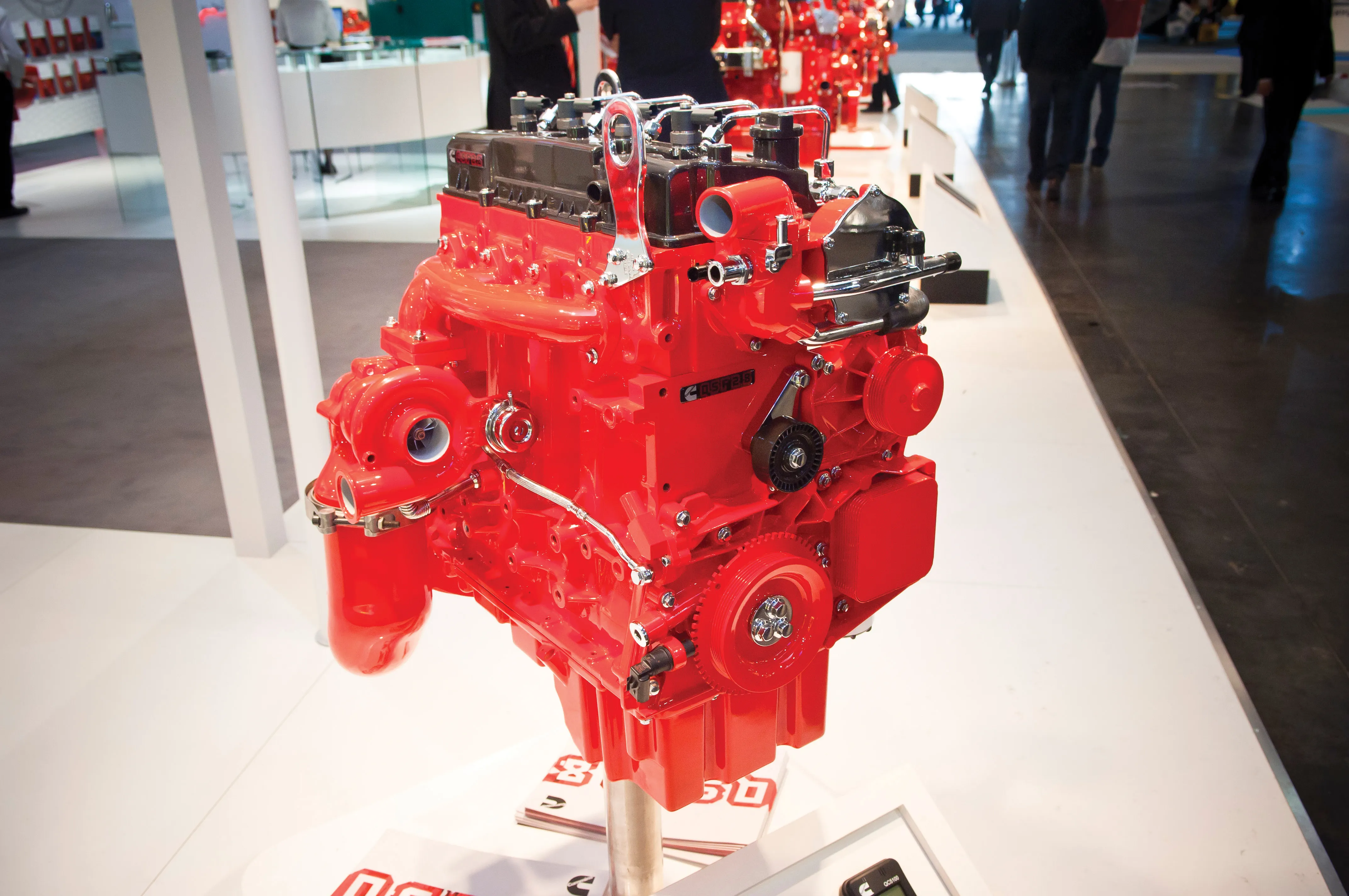
“Today, ten years after the launch of the industry’s very first hybrid excavator, Komatsu demonstrates its ongoing commitment to the development of Hybrid technology,” says Koenraad Staels, product manager at Komatsu Europe.
According to Komatsu, the excavator saves 20% in fuel consumption compared to predecessor PC210LC-11, due to refinements in its hybrid technology, a new engine and upgraded control systems. The machine has a Komatsu SAA4D107E-3 engine, which provides 110kW/ 148 HP, and is EU Stage IV-compliant. A new viscous fan clutch system delivers optimal fan speed, reducing fuel consumption and in-cab noise.
The excavator also boasts a new attachment control, integrated within the new monitor panel, which also provides information on the AdBlue fluid level – needed for NOx control – environmental guidance, operational records and fuel consumption history.








